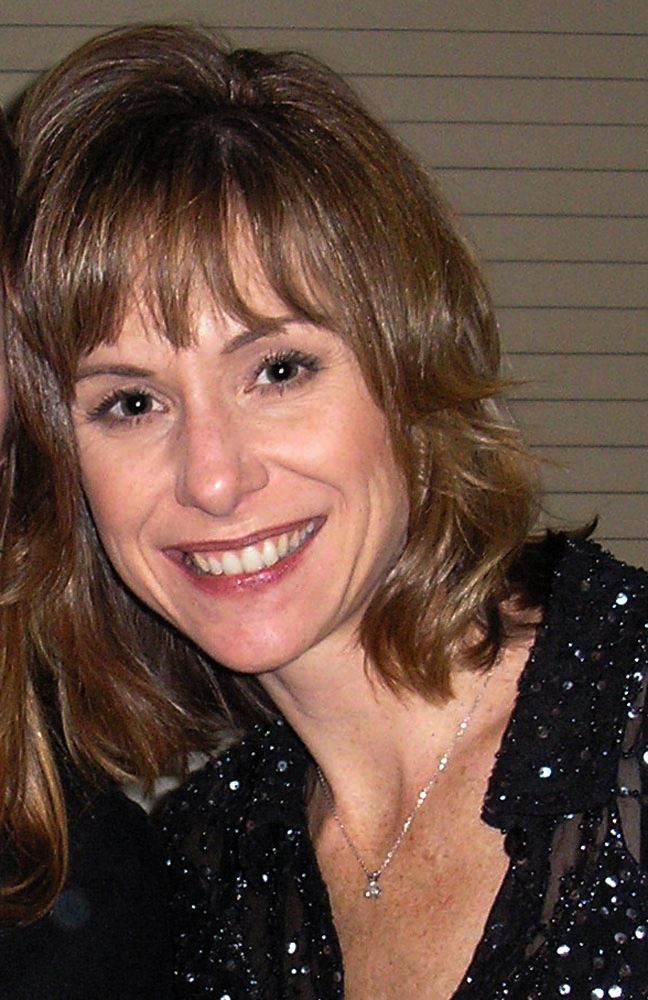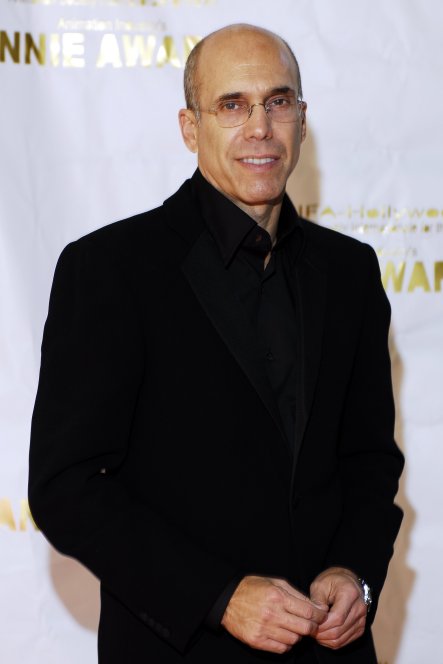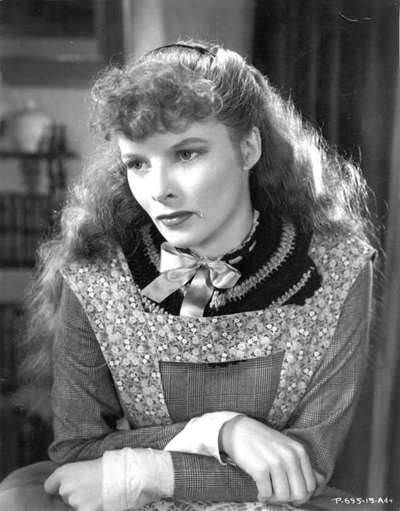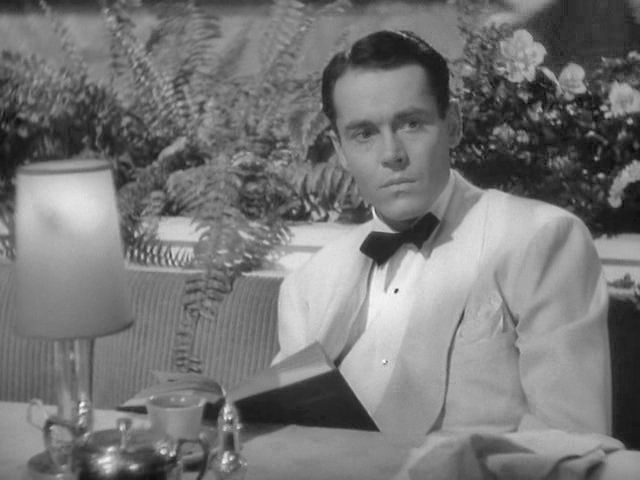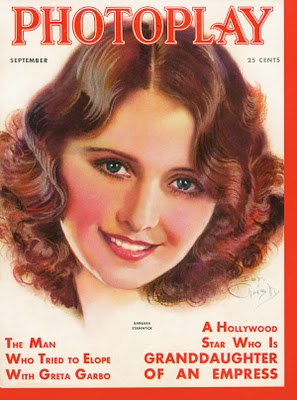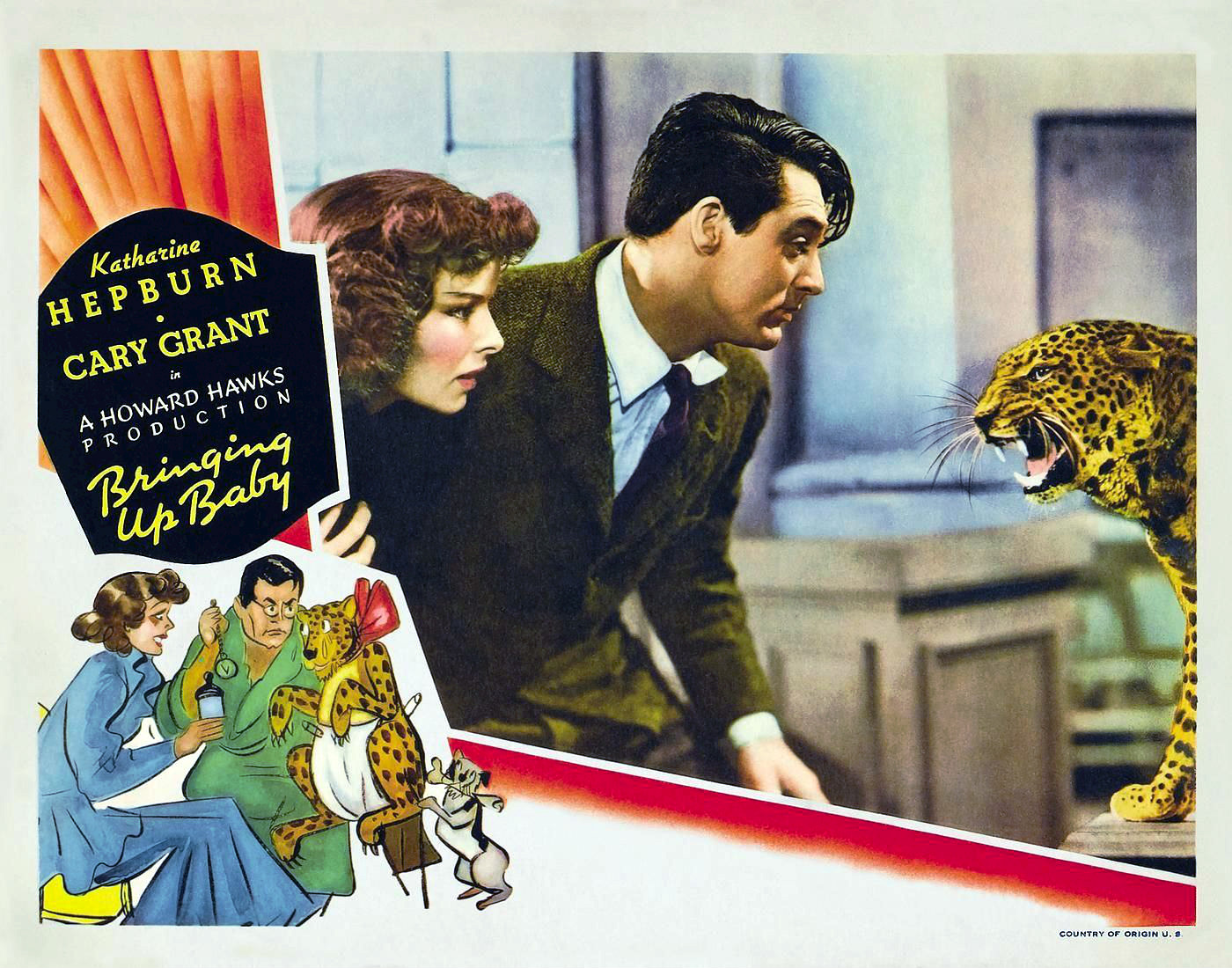|
Megara (Disney)
Megara, commonly known simply as Meg, is a fictional character who appears in the Walt Disney Pictures animated film ''Hercules'' (1997). Voiced by actress Susan Egan, Meg is introduced as a cynical young woman enslaved by Hades, god of the underworld. Hades forces Meg to uncover Hercules' weaknesses by seducing him in return for her freedom, only to develop genuine feelings for the hero instead. Loosely based on Megara and Deianira, Heracles' first and third wives in Greek mythology, directors Ron Clements and John Musker adapted Meg into a morally conflicted con artist, while basing her role and personality on 1940s screwball comediennes, particularly actress Barbara Stanwyck's performance in ''The Lady Eve'' (1941). Egan had already been starring as Belle in the stage adaptation of Disney's ''Beauty and the Beast'' (1994) when she learned of auditions for ''Hercules''. Despite campaigning heavily for the role of Meg, Disney initially prevented Egan from auditioning because ... [...More Info...] [...Related Items...] OR: [Wikipedia] [Google] [Baidu] |
Hercules (franchise)
''Hercules'' is a Walt Disney Company, Disney media franchise comprising a film series and additional merchandise, starting with Hercules (1997 film), the 1997 animated Disney feature of the same name, directed by John Musker and Ron Clements Films Animated Films ''Hercules'' ''Hercules (1997 film), Hercules'' is a 1997 American animated action musical comedy-drama epic fantasy film produced by Walt Disney Animation Studios and released by Walt Disney Pictures. The film was directed by John Musker and Ron Clements. The film is based on the legendary Greek mythology hero Heracles (known in the film by his Roman name, Hercules), the son of Zeus, in Greek mythology. ''Hercules: Zero to Hero'' ''Hercules: Zero to Hero'' is a 1999 direct-to-video followup to Disney's 1997 animated feature ''Hercules (1997 film), Hercules''. It was released on August 31, 1999, and serves as the pilot to ''Hercules (1998 TV series), Hercules: The Animated Series''. It packages four episodes o ... [...More Info...] [...Related Items...] OR: [Wikipedia] [Google] [Baidu] |
Hercules (Disney Character)
The following are fictional characters from Disney's franchise ''Hercules'', which includes its 1997 animated film and its derived TV series. These productions are adaptations of Greek mythology, and as such, differ greatly from the classical versions. Hercules Hercules is the titular character of the franchise, who is based on the mythological Heracles, commonly referred to by the Roman spelling, Hercules. In the 1997 animated film, Josh Keaton voices Hercules as a teenager, Tate Donovan voices him as an adult, and Roger Bart provides his singing voice in " Go the Distance". He is a young man with orange hair and eyebrows and blue eyes. Young Hercules wears a one-sleeved Greek tunic with brown sandals. As a teenager, Hercules is a country boy depicted as tall and thin, with exaggerated proportions, such as a staggering pigeon-toed stance. After completing his hero training, Hercules physically changes from being slender to being top-heavy and muscular, having larger bice ... [...More Info...] [...Related Items...] OR: [Wikipedia] [Google] [Baidu] |
Bette Davis
Ruth Elizabeth "Bette" Davis (; April 5, 1908 – October 6, 1989) was an American actress of film, television, and theater. Regarded as one of the greatest actresses in Hollywood history, she was noted for her willingness to play unsympathetic, sardonic characters and was known for her performances in a range of film genres, from contemporary crime melodramas to historical film, historical and period films and occasional comedies, although her greatest successes were her roles in romantic dramas. She won the Academy Award for Best Actress twice, was the first person to accrue ten Academy Award nominations (and one write-in) for acting, and was the first woman to receive a AFI Life Achievement Award, Lifetime Achievement Award from the American Film Institute. In 1999, Davis was placed second on the American Film Institute's AFI's 100 Years...100 Stars, list of the greatest female stars of classic Hollywood cinema. After appearing in Broadway theatre, Broadway plays, Davis move ... [...More Info...] [...Related Items...] OR: [Wikipedia] [Google] [Baidu] |
Joan Crawford
Joan Crawford (born Lucille Fay LeSueur; March 23, 190? was an American actress. She started her career as a dancer in traveling theatrical companies before debuting on Broadway theatre, Broadway. Crawford was signed to a motion-picture contract by Metro-Goldwyn-Mayer in 1925. Initially frustrated by the size and quality of her roles, Crawford launched a publicity campaign and built an image as a nationally known flapper by the end of the 1920s. By the 1930s, Crawford's fame rivaled MGM colleagues Norma Shearer and Greta Garbo. Crawford often played hardworking, young women who find romance and financial success. These "rags-to-riches" stories were well received by Great Depression, Depression-era audiences and were popular with women. Crawford became one of Hollywood, Los Angeles, California, Hollywood's most prominent movie stars and one of the highest paid women in the United States, but her films began losing money. By the end of the 1930s, she was labeled "Box Office Pois ... [...More Info...] [...Related Items...] OR: [Wikipedia] [Google] [Baidu] |
Classical Hollywood Cinema
In film criticism, Classical Hollywood cinema is both a narrative and visual style of filmmaking that first developed in the 1910s to 1920s during the later years of the Silent film#Silent film era, silent film era. It then became characteristic of Cinema of the United States, United States cinema during the Golden Age of Hollywood from about 1927, with the advent of sound film, until the arrival of New Hollywood productions in the 1960s. It eventually became the most powerful and persuasive style of filmmaking worldwide. Similar or associated terms include classical Hollywood narrative, the Golden Age of Hollywood, Old Hollywood, and classical continuity. The period is also referred to as the studio era, which may also include films of the late silent era. History Silent era and emergence of the classical style For millennia, the only visual standard of narrative storytelling art was the theatre. Since the first narrative films in the mid-late 1890s, filmmakers have sought to ... [...More Info...] [...Related Items...] OR: [Wikipedia] [Google] [Baidu] |
Beauty And The Beast (1991 Film)
''Beauty and the Beast'' is a 1991 American animated Musical film, musical romantic fantasy film directed by Gary Trousdale and Kirk Wise, produced by Don Hahn, and written by Linda Woolverton, based on the Beauty and the Beast, French fairy tale. It was produced by Walt Disney Feature Animation and released by Walt Disney Pictures. Set in 18th-century France, an enchantress transforms a selfish prince into a monster as punishment for his cruelty. Years later, a young woman, Belle (Disney character), Belle, offers the Beast (Disney character), Beast her own freedom in exchange for her father's. To break the spell, the Beast must earn Belle's love before the last petal falls from his enchanted rose, lest he remain a monster forever. ''Beauty and the Beast'' stars the voices of Paige O'Hara and Robby Benson as Belle and the Beast, respectively, with a supporting cast comprising Richard White (actor), Richard White, Jerry Orbach, David Ogden Stiers, Jesse Corti, Rex Everhart, Jo An ... [...More Info...] [...Related Items...] OR: [Wikipedia] [Google] [Baidu] |
Beauty And The Beast (musical)
''Beauty and the Beast'' is a musical, with music by Alan Menken, lyrics by Howard Ashman and Tim Rice, and book by Linda Woolverton. Adapted from Walt Disney Pictures' animated film – which in turn was based on "Beauty and the Beast" by Jeanne-Marie Leprince de Beaumont – it tells the story of an unkind prince who has been magically transformed into an unsightly creature as punishment for his selfish ways. To revert into his true human form, the Beast must learn to love a bright, beautiful young lady who he has imprisoned in his enchanted castle and earn her love in return before it is too late. Critics, most of whom hailed the original film as one of the finest musicals in years, instantly noted its Broadway musical potential when it was first released in 1991, encouraging Disney CEO Michael Eisner to venture into Broadway. All eight songs from the animated film were reused in the musical, including a resurrected musical number which had been cut from the motion picture. ... [...More Info...] [...Related Items...] OR: [Wikipedia] [Google] [Baidu] |
Belle (Disney Character)
Belle is a fictional character in Walt Disney Animation Studios, Disney's ''Beauty and the Beast (franchise), Beauty and the Beast'' franchise. First appearing in the Beauty and the Beast (1991 film), 1991 animated film, Belle is the Bibliophilia, book-loving daughter of an eccentric inventor who yearns for adventure and reprieve from her mundane village existence. When her father is imprisoned by a cold-hearted beast, Belle offers her own freedom in exchange for his. Despite his outward appearance, she gradually befriends the Beast (Disney character), Beast, who learns kindness and compassion in return. The character was created by screenwriter Linda Woolverton, who Disney had hired to adapt the "Beauty and the Beast" fairy tale into an animated musical about a Strong female character, strong heroine. Determined to create a proactive, intelligent female character, Woolverton drew inspiration from the women's movement and actress Katharine Hepburn's portrayal of Jo March in the ... [...More Info...] [...Related Items...] OR: [Wikipedia] [Google] [Baidu] |
The Lady Eve
''The Lady Eve'' is a 1941 American screwball comedy film written and directed by Preston Sturges and starring Barbara Stanwyck and Henry Fonda."The Lady Eve." ''IMDB.'' Retrieved: November 17, 2011. The film is based on a story by about a mismatched couple who meet on board an . Regarded amongst the greatest films of all time, ''The Lady Eve'' was selected for preservation in the United States |
Barbara Stanwyck
Barbara Stanwyck (; born Ruby Catherine Stevens; July 16, 1907 – January 20, 1990) was an American actress and dancer. A stage, film, and television star, during her 60-year professional career, she was known for her strong, realistic screen presence and versatility. She was a favorite of directors, including Cecil B. DeMille, Fritz Lang, and Frank Capra, and made 86 films in 38 years before turning to television. She received numerous accolades, including three Primetime Emmy Awards, a Golden Globe Award, and was nominated for four Academy Awards. Orphaned at the age of four and partially raised in foster homes, she always worked. One of her directors, Jacques Tourneur, said of her, "She only lives for two things, and both of them are work." She made her debut on stage in the chorus as a Ziegfeld girl in 1923 at age 16, and within a few years was acting in plays. Her first lead role, which was in the hit ''Burlesque'' (1927), established her as a Broadway star. In 1929, sh ... [...More Info...] [...Related Items...] OR: [Wikipedia] [Google] [Baidu] |
Screwball Comedy Film
Screwball comedy is a film subgenre of the romantic comedy genre that became popular during the Great Depression, beginning in the early 1930s and thriving until the early 1950s, that satirizes the traditional love story. It has secondary characteristics similar to film noir, distinguished by a female character who dominates the relationship with the male central character, whose masculinity is challenged, and the two engage in a humorous battle of the sexes.Cele Otnes; Elizabeth Hafkin PleckCele Otnes, Elizabeth Hafkin Pleck (2003''Cinderella dreams: the allure of the lavish wedding''University of California Press, p. 168. . The genre also featured romantic attachments between members of different social classes, as in ''It Happened One Night'' (1934) and '' My Man Godfrey'' (1936). What sets the screwball comedy apart from the generic romantic comedy is that "screwball comedy puts the emphasis on a funny spoofing of love, while the more traditional romantic comedy ultimately ... [...More Info...] [...Related Items...] OR: [Wikipedia] [Google] [Baidu] |
Confidence Trick
A scam, or a confidence trick, is an attempt to defraud a person or group after first gaining their trust. Confidence tricks exploit victims using a combination of the victim's credulity, naivety, compassion, vanity, confidence, irresponsibility, and greed. Researchers have defined confidence tricks as "a distinctive species of fraudulent conduct ... intending to further voluntary exchanges that are not mutually beneficial", as they "benefit con operators ('con men') at the expense of their victims (the ' marks')". Terminology Other terms for "scam" include confidence trick, con, con game, confidence game, confidence scheme, ripoff, stratagem, finesse, grift, hustle, bunko, bunco, swindle, flimflam, gaffle, and bamboozle. The perpetrator is often referred to as a scammer, confidence man, con man, con artist, grifter, hustler, or swindler. The intended victims are known as marks, suckers, stooges, mugs, rubes, or gulls (from the word ''gullible''). When accomplices are e ... [...More Info...] [...Related Items...] OR: [Wikipedia] [Google] [Baidu] |
